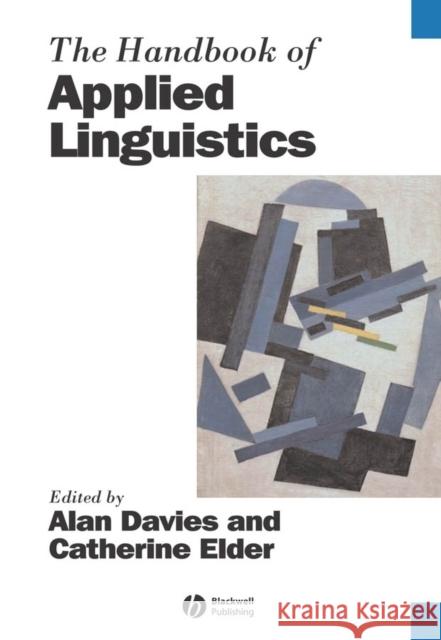The Handbook of Applied Linguistics » książka
topmenu
The Handbook of Applied Linguistics
ISBN-13: 9781405138093 / Angielski / Miękka / 2006 / 888 str.
The Handbook of Applied Linguistics is a collection of newly commissioned articles that provide a comprehensive and up-to-date picture of the field of Applied Linguistics.
- Provides a comprehensive and current picture of the field of Applied Linguistics.
- Contains 32 newly commissioned articles that examine both the applications of linguistics to language data and the use of real world language to ameliorate social problems.
- Valuable resource for students and researchers in applied linguistics, language teaching, and second language acquisition.
- Presents applied linguistics as an independent discipline that unifies practical experience and theoretical understanding of language development and language in use.











